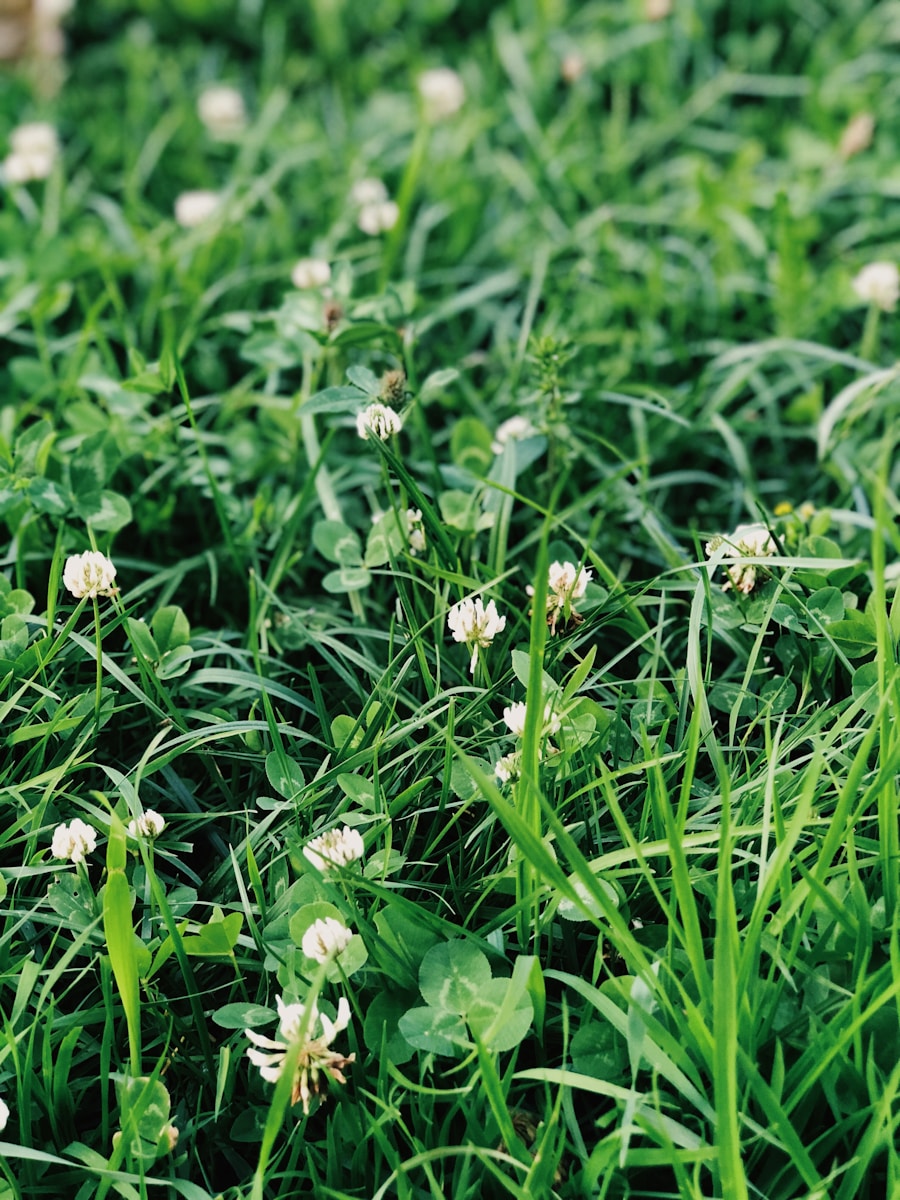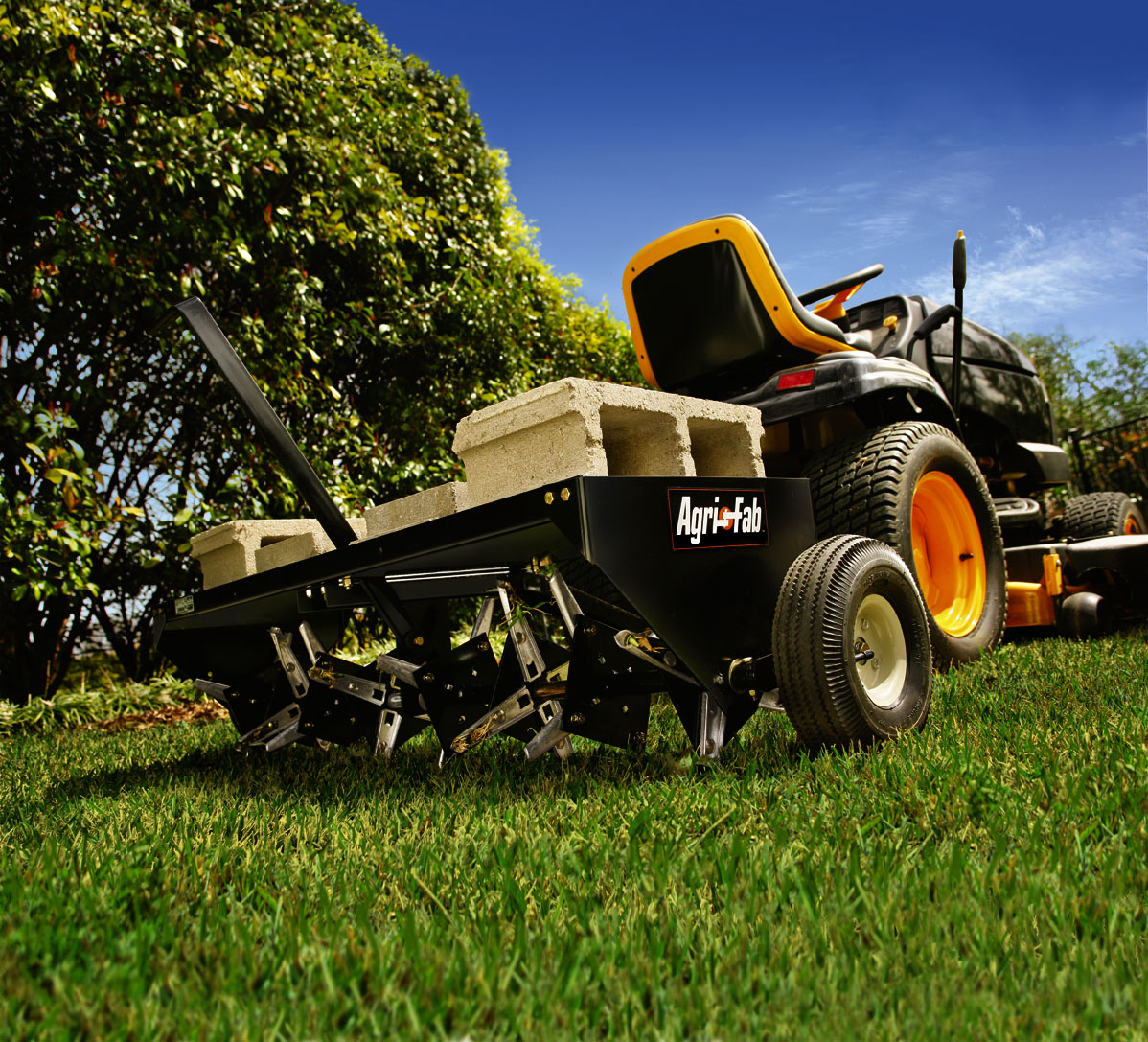Why Clover Lawns Are Taking Over Traditional Grass
If you’ve noticed neighbors swapping out turf for a sea of soft green clover, you’re not alone. Clover lawns are becoming one of the fastest-growing trends in landscaping. They’re eco-friendly, low-maintenance, and easy on the wallet—all while providing a natural solution to the challenges of traditional grass lawns.
In this guide, we’ll walk through everything you need to know about clover lawns: the benefits, the downsides, the types of clover you can plant, and how to install and care for one.
What Is a Clover Lawn?
A clover lawn is either a full yard planted with clover or a blended mix of clover and grass. Unlike turf grass, clover naturally stays green, requires less mowing, and even feeds itself by pulling nitrogen from the air into the soil.
This makes it ideal for homeowners who want a beautiful lawn without spending weekends mowing, fertilizing, or watering.
Benefits of Clover Lawns
Switching to clover comes with a surprising list of advantages:
- Low maintenance – Less mowing and fertilizing than grass.
- Drought-tolerant – Stays green longer in hot summers.
- Pet-friendly – Softer on paws, resistant to dog urine spots.
- Eco-friendly – Naturally improves soil and supports pollinators like bees.
- Budget-friendly – Less water, fertilizer, and chemical use saves money long-term.
Downsides to Consider
Clover isn’t perfect for every homeowner. Before you commit, keep these in mind:
- Seasonal dormancy – In colder climates, clover may brown out in winter.
- Not as tough for heavy play – Grass blends may handle kids and pets better.
- Attracts bees – Great for pollination, but not ideal if someone is allergic.
The Best Types of Clover for Lawns
Not all clover is created equal. Here are the most popular types:
- Microclover – Tiny leaves, blends seamlessly with grass, very popular in suburban yards.
- White Dutch Clover – Classic option, soft underfoot, self-seeding.
- Strawberry Clover – Heat- and salt-tolerant, good for tough soils.
👉 [Read more: The 3 Best Clover Varieties for Lawns (And Which One to Choose)]
How to Plant a Clover Lawn
Planting clover is simple, but you’ll want to follow best practices for the best results:
- Prepare the soil – Remove existing weeds and loosen the top layer.
- Seed at the right time – Early spring or fall works best.
- Water lightly but regularly – Clover germinates quickly, usually within 7–10 days.
- Maintain with care – Mow occasionally to encourage even growth and prevent flowering if you prefer.
👉 [Read more: How to Plant a Clover Lawn Step-by-Step]
Clover Lawns vs. Grass Lawns
Still on the fence? Here’s a quick comparison:
- Grass: Higher maintenance, needs fertilizer and water, traditional look.
- Clover: Lower maintenance, eco-friendly, naturally green.
👉 [Read more: Clover Lawn vs. Grass: Which One Is Right for You?]
Clover Lawn Care Tips
Even though clover is low-maintenance, these tips will keep it looking its best:
- Overseed bare patches once a year.
- Water only during extended droughts.
- Mow occasionally to keep it tidy.
👉 [Read more: Clover Lawn Care: Maintenance Tips for a Perfect Green Yard]
The Bottom Line: Should You Go Clover?
For homeowners tired of the endless cycle of mowing, watering, and fertilizing, clover lawns offer a beautiful, eco-friendly, and budget-conscious alternative. Whether you go full clover or mix it with grass, this trend is here to stay.
If you’re ready to make the switch, start with our step-by-step planting guide or explore the best types of clover for your yard.


